碳热法合成纳米零价铁活性炭方法和吸附性能研究
摘要本实验主要研究碳热还原法将纳米零价铁负载到活性炭上并用于去除水中污染物的去除。具体来说是在氮气氛围下通过改变碳热合成温度(350℃到1150℃)来制备纳米零价铁/活性炭。合成材料含铁量分析表明纳米零价铁能够成功地负载到活性炭上。研究过程当中对纳米零价铁/活性炭的主要性质进行了透射电镜(TEM)、X射线衍射(XRD)、红外光谱仪(FTIR)、比表面积和孔径分布(BET)表征。TEM表征显示,碳热还原法处理可以使铁粒子很好的分散在活性炭上。经350℃处理后的材料中,负载在活性炭表面上的纳米铁的粒径在10nm左右。随着处理温度的升高,铁粒子在活性炭内的分散性要更好。XRD表征显示,碳热改性后活性...
相关推荐
-
建筑工程投标文件范本-(格式)VIP免费
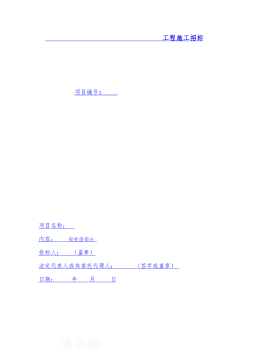
 2024-11-22 34
2024-11-22 34 -
疾病预防控制中心招标文件VIP免费
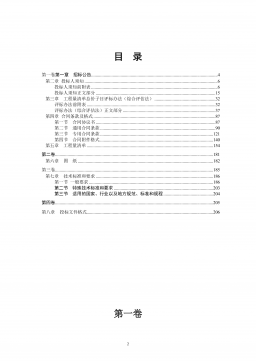
 2025-01-09 34
2025-01-09 34 -
体育健身中心施工招标文件VIP免费
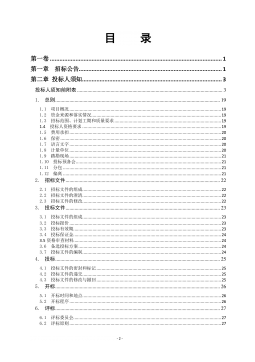
 2025-01-09 23
2025-01-09 23 -
江西丰城电厂及广东从化事故案例分析VIP免费
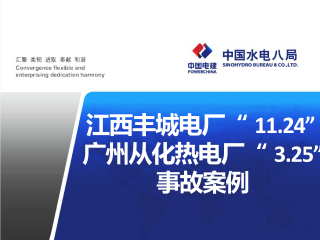
 2025-03-04 7
2025-03-04 7 -
钢结构节点图集CAD版(可编辑)VIP免费
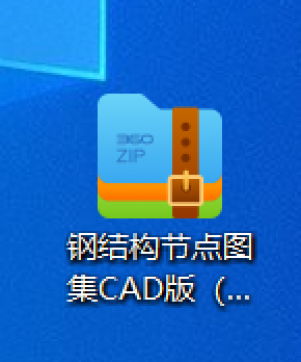
 2025-03-04 10
2025-03-04 10 -
[青岛]精品工程亮点做法图片集(130页)VIP免费
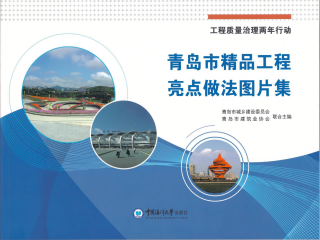
 2025-03-04 7
2025-03-04 7 -
外墙外保温工程技术规程JGJ144-2019VIP免费

 2025-03-04 9
2025-03-04 9 -
地铁停车场施工组织设计VIP免费
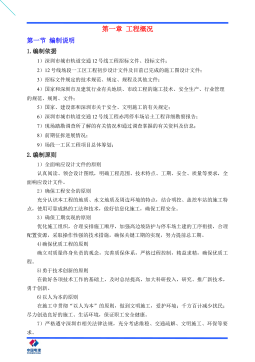
 2025-03-04 7
2025-03-04 7 -
项目建设安全管理流程图汇编VIP免费
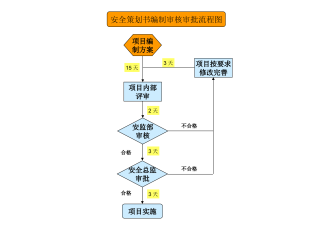
 2025-03-04 18
2025-03-04 18 -
特训班学习心得VIP免费
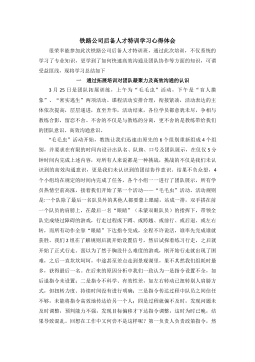
 2025-03-04 8
2025-03-04 8
相关内容
-

[青岛]精品工程亮点做法图片集(130页)
分类:行业资料
时间:2025-03-04
标签:建筑工程、精品工程、细部节点做法、亮点做法
格式:PPT
价格:5 积分
-

外墙外保温工程技术规程JGJ144-2019
分类:行业资料
时间:2025-03-04
标签:外墙保温、工程、规范
格式:ZIP
价格:2 积分
-

地铁停车场施工组织设计
分类:行业资料
时间:2025-03-04
标签:地铁、场段、施工组织设计
格式:DOCX
价格:3 积分
-

项目建设安全管理流程图汇编
分类:行业资料
时间:2025-03-04
标签:安全管理、流程图
格式:PPT
价格:1 积分
-

特训班学习心得
分类:行业资料
时间:2025-03-04
标签:拓展培训、结构化思考、培训、心得体会
格式:DOCX
价格:1 积分






